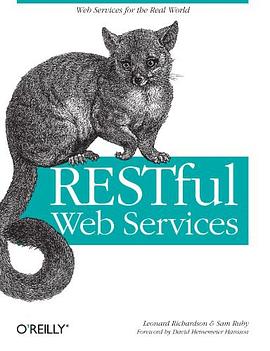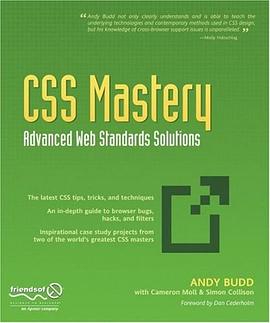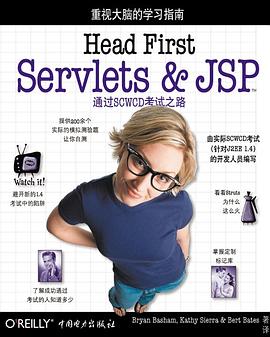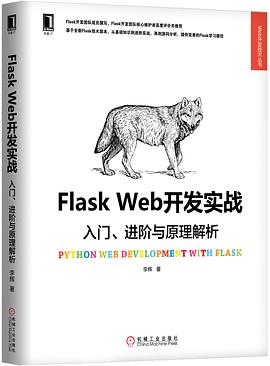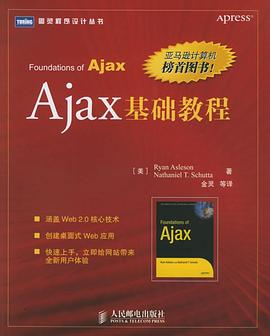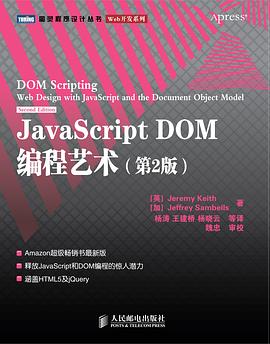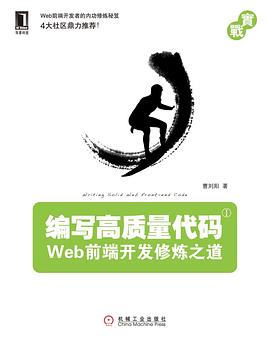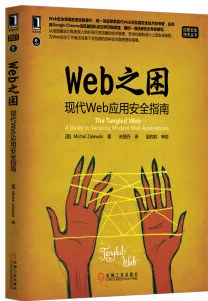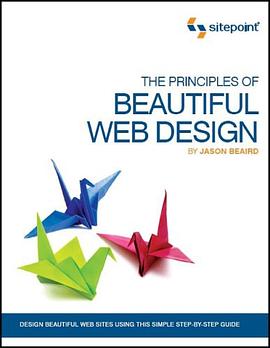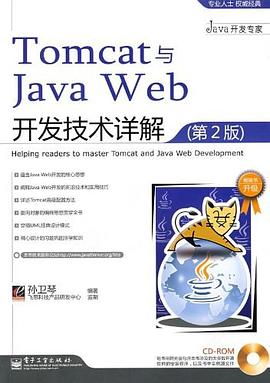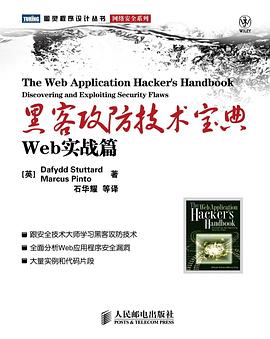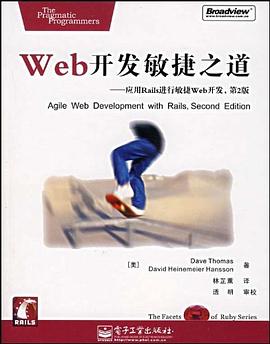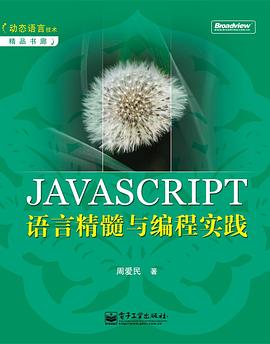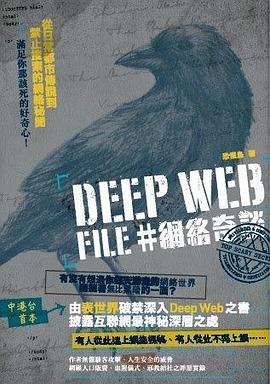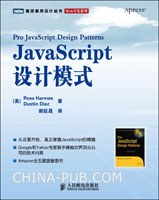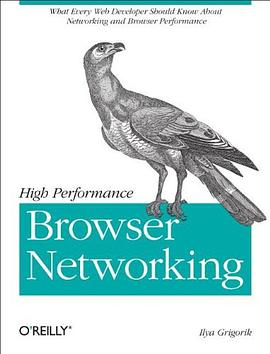

具體描述
How prepared are you when it comes to building network-enabled applications? This book provides what every web developer should know about the network - from fundamental limitations that affect performance to major innovations for building even more powerful browser apps. By understanding what the browser can and cannot do, you'll be able to make better design decisions and deliver faster web applications to your users. Author Ilya Grigorik - a developer advocate and web performance engineer at Google - starts with the building blocks of TCP and UDP, and then dives into newer technologies such as HTTP 2.0, WebSockets, and WebRTC. This book explains the benefits of these technologies and helps you determine which ones to use for your next application. Learn how TCP affects the performance of HTTP Understand why mobile networks are slower than wired networks Use best practices to address performance bottlenecks in HTTP Discover how HTTP 2.0 (based on SPDY) will improve networking Learn how to use Server Sent Events (SSE) for push updates, and WebSockets for XMPP chat Explore WebRTC for browser-to-browser applications such as P2P video chat Examine the architecture of a simple app that uses HTTP 2.0, SSE, WebSockets, and WebRTC
用戶評價
##early release ver. http://shop.oreilly.com/product/0636920028048.do ch02: net.ipv4.tcp_window_scaling=1 net.ipv4.tcp_slow_start_after_idle=0
評分##學瞭第1、3部分(剩下兩部分暫時沒啥學習和使用的需求)。TCP/UDP那兩章讓我這個網絡盲都覺得自己還有救;HTTP/2的bullet point(multiplexing/server push/header compression/stream prioritization)把1.x optimization的不少cons解決瞭,再次感嘆學習計算機就是學習曆史。ref1(一個HTTP發展的talk): https://www.youtube.com/watch?v=LSUlhve70UU&t=1594s;ref2(Google Chrome): https://www.igvita.com/posa/high-performance-networking-in-google-chrome
評分 評分 評分##“Good developers know how things work. Great developers know why things work.” ------ Steve Souders, Head Performance Engineer, Google, 2013
評分相關圖書
本站所有内容均为互联网搜索引擎提供的公开搜索信息,本站不存储任何数据与内容,任何内容与数据均与本站无关,如有需要请联系相关搜索引擎包括但不限于百度,google,bing,sogou 等
© 2025 book.tinynews.org All Rights Reserved. 静思书屋 版权所有

